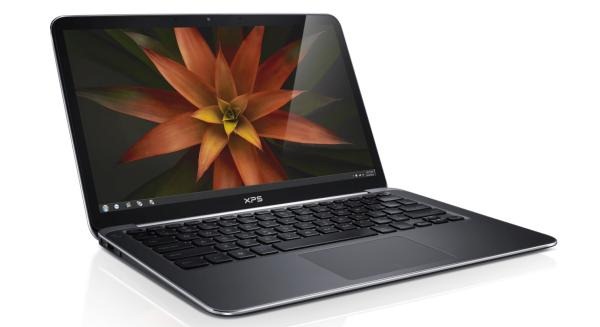This could be a big, busy year for Intel. While the processor giant has reportedly earmarked more advertising dollars for its ultrabook initiative than it’s spent promoting any other project since 2003 – remember Centrino? – the company also just unveiled that it’s jumping whole-hog into the lucrative smartphone market.
“Today, I’m thrilled to announce that the best of Intel computing is coming to smartphones,” said Intel CEO Paul Otellini as he announced his company’s intent to manufacture mobile processors at a press event at the Consumer Electronics Show in Las Vegas.
(MORE: Check out Techland’s coverage of the 2012 Consumer Electronics Show)
Otellini showed off an Intel-powered Android smartphone that’s meant to serve as a reference design for manufacturing partners. The handset features an 8-megapixel camera, HDMI output capable of pushing full 1080p video, a 3G talk time of eight hours and a standby time of 14 days.
Intel’s past explorations into mobile device processors have come up short due to the amount of battery power that had previously been required to keep everything humming. As smartphones have gained in popularity over the past few years, Intel has watched competitors such as Qualcomm and Texas Instruments rake in tidy profits with their mobile-centric processors.
If Intel has its way, though, the tide may begin to turn in 2012. Lenovo will be one of the first companies to produce an Android handset powered by an Intel chip; it’s K800 smartphone will launch in China this year and was shown off during Intel’s CES presentation.
As far as those of us in the U.S. are concerned, Intel and Motorola Mobility have announced a multi-year partnership wherein Motorola will start shipping Intel-powered smartphones in the second half of 2012. Motorola Mobility Chairman and CEO Sanjay Jha joined Otellini on stage to make the announcement during the presentation.
(MORE: Why Motorola’s Plan to Scale Back on Smartphones in 2012 Is a Wise Move)
In a private meeting with a handful of tech reporters (myself included) shortly before the Intel press conference began, Jha revealed that his company would be keeping its partnership with Qualcomm — which supplies processors for the current crop of Motorola devices — alive as well.
“I welcome Intel bringing their technology and their understanding of computing into the mobile space,” Jha said during our meeting. “They, of course, have had difficulty making it power effective but I think that knowing what I know about their roadmap, I feel like they’re heading the right way. And I think that another powerful supplier – other than, of course, Qualcomm, which we have a great relationship with and are using a meaningful amount of their chips already – I think Intel being in the space is a good thing for the ecosystem.”
“It brings another perspective,” said Jha. “There’s convergence, obviously, between telecom and computing and I think you want the best proponents of both to be vibrant in the ecosystem.”
After announcing its plans to enter the smartphone market, Intel turned to the subject of ultrabooks for the latter half of its presentation and invited Dell’s Jeff Clarke onstage to showcase his company’s new XPS 13 ultrabook.

The machine features a 13.3-inch display that stretches edge-to-edge for a minimal bezel, which puts it on par with the portability afforded by an 11-inch notebook. The computer measures “less than a quarter-inch at its thinnest point,” says Dell, and weighs just shy of three pounds.
Despite its diminutive size, Dell’s promising “up to eight hours, fifty-three minutes of battery life.” It’ll go on sale at the end of February with a starting price of $999.

